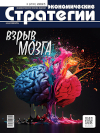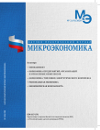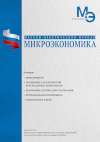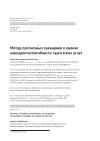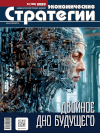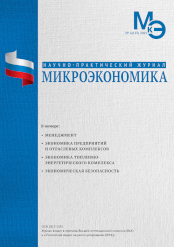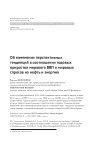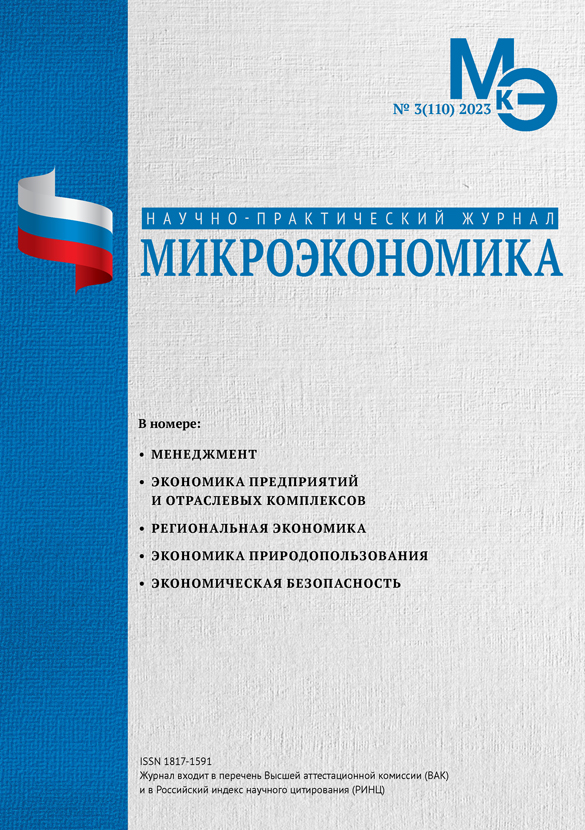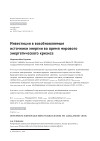Designing the Future: Strategic Game Experience
DOI: 10.33917/es-2.200.2025.84-91
Predictive construction of strategic scenarios for countering attempts at Nazi revenge demonstrates transition of the situation in the world from the section of political fiction to the section of probable threats. Strategic game in the form of command and staff (expert) exercises on the basis of INES made it possible to explore our country’s actions and the prospects for the international situation development. Various options for resuscitating Nazi ideas, primarily in the form of Bandera’s Ukrainian nationalism, are increasingly threatening the world stability. In these conditions, Russia, as a victorious power in the World War II, in coalition with other countries, can and should recognize its own role, assigned to it by history, as a powerful political “locomotive” and guarantor of the anti-fascist recovery of Europe and Asia.
References:
1. Ageev A.I., Loginov E.L. Novaya bol’shaya voyna: khroniki khorosho zabytogo budushchego [New Large-scale War: Chronicles of Well Forgotten Future]. Ekonomicheskie strategii, 2014, vol. 16, no 6–7(122–123), pp. 16–33.
2. Ageev A.I. 100 let voyny za pravo byt’ Rossiey [100 years of War for the Right to be Russia]. Mezhdunarodnaya zhizn’, 2015, no 3, pp. 69–86.
3. Ageev A.I. Kholodnaya voyna — 2.0: realii i perspektivy [Cold War – 2.0: Realities and Prospects]. Ekonomicheskie strategii, 2015, vol. 17, no 2(128), pp. 74–79.
4. Ageev A.I., Loginov E.L. Rossiya v novoy ekonomicheskoy real’nosti [Russia in New Economic Reality]. Monografiya. Moscow, Institut ekonomicheskikh strategiy, Assotsiatsiya “Analitika”, 2016, 460 p.
5. Ageev A.I. Dinamika i struktura global’nykh riskov [Dynamics and Structure of Global Risks]. Strategiya grazhdanskoy zashchity: problemy i issledovaniya, 2013, vol. 3, no 2(5), pp. 7, 8.
6. Ageev A.I., Kretov V.S., Kotov M.N., Kotov N.M., Kokhtyulina I.N., Kuroedov B.V., Sandarov O.V. Global’naya bezopasnost’: innovatsionnye metody analiza konfliktov [Global Security: Innovative Methods of Conflict Analysis]. Moscow, 2011.
7. Ageev A.I. Budushchee Rossii: v tiskakh istorii, khaosa i stsenariev [The Future of Russia: in the Grip of History, Chaos and Scenarios]. Mir Rossii. Sotsiologiya. Etnologiya, 2010, vol. 19, no 1, pp. 126–162.
8. Ageev A.I., Loginov E.L. Coronavirus superstrategy: mirovaya proektsiya finansovoy modeli catastrophe just-in-time dlya vykhoda iz krizisa na novuyu geoekonomicheskuyu normal’ nost’ [Coronavirus Superstrategy: Global Projection of the “Just-in-time Catastrophe’s” Financial Model for Overcoming the Crisis and Entering into a New Geo-Economic Normality]. Ekonomicheskie strategii, 2020, vol. 22, no 4(170), pp. 6–19, DOI: 10.33917/es-4.170.2020.6-19
9. Ageev A.I., Loginov E.L. Novaya strategicheskaya rol’ Rossii kak garanta — operatora sistemy podderzhaniya mirovykh i regional’nykh ekonomicheskikh balansov [The New Strategic Role of Russia as a Guarantor — Operator of the System for Global and Regional Eeconomic Balances Maintenance]. Ekonomicheskie strategii, 2015, vol. 17, no 1(127), pp. 18–35.


